Get Bee Hive Removal in Rockford, IL
Bee hive removal services in Rockford, IL help property owners safely eliminate bees from walls, attics, trees, or eaves, preventing damage and ensuring safety.
Property owners in Rockford, IL who notice swarms of bees or see signs of hive activity on their buildings may find bee hive removal services to be a practical solution. Removing a bee hive can help prevent potential property damage, reduce the risk of stings, and ensure a safer environment for residents and visitors alike. Exploring options with local contractors can provide insight into the most effective approaches for safely and responsibly managing bee populations on residential or commercial properties.
For those considering bee hive removal, comparing services offered by nearby providers can help identify experienced and reliable options suited to specific property needs. Understanding the range of solutions available in the Rockford area allows property owners to plan their projects with confidence and select the service provider best equipped to handle the job efficiently and safely. Keep reading to learn more about how local experts can assist with bee hive removal.
- Bee hive removal - needed when a hive has taken residence in a wall or attic of a home in neighborhoods around Rockford, IL.
- Swarm cleanup - required after a swarm of bees clusters on trees or structures in the area.
- Extermination services - necessary when bee colonies persist despite attempts at removal in residential or commercial properties.
- Hive extraction - requested when a hive has built a large structure inside eaves, chimneys, or other hard-to-reach spots.
- Relocation services - sought when property owners prefer to have bees safely moved rather than exterminated in local communities.
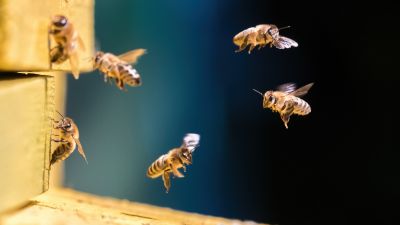
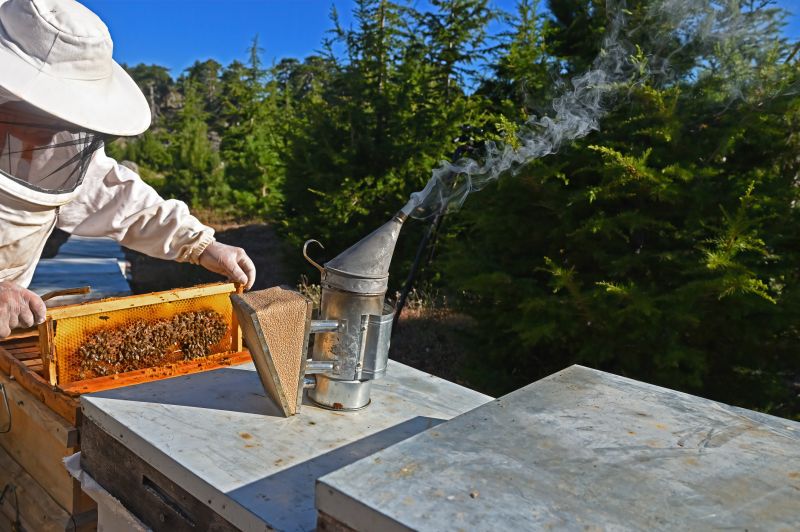
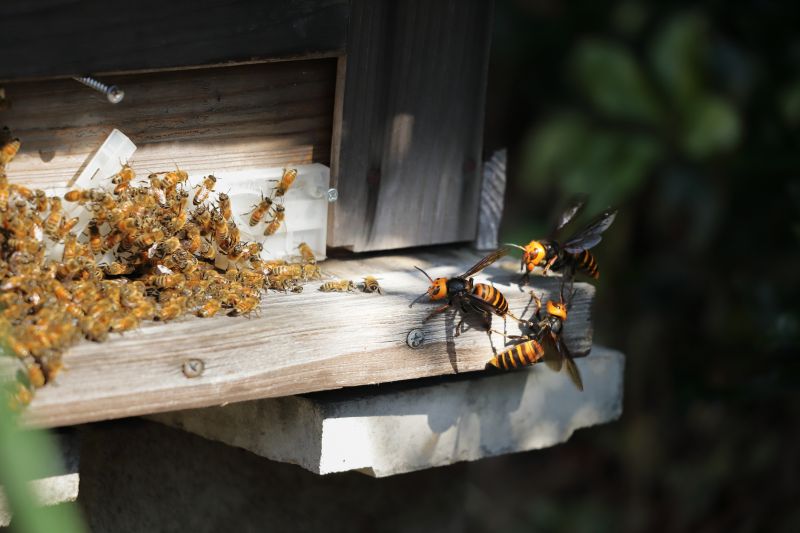
Bee hive removal services involve the safe and effective extraction of bee colonies that have taken up residence in or around a property. These services typically include identifying the location of the hive, carefully removing the bees, and ensuring that the hive is eradicated or relocated in a manner that prevents future issues. Professional contractors use specialized tools and techniques to handle the hive without causing harm to the bees or damage to the property, making the process efficient and humane. Homeowners who notice a large number of bees around their property or see a hive forming in trees, eaves, or wall cavities may need expert assistance to address the situation safely.
This service helps resolve a variety of problems associated with bee colonies. While bees are essential pollinators, a hive in an inconvenient or unsafe location can pose risks to residents, especially if the colony becomes aggressive when disturbed. Additionally, a hive can cause property damage, such as wood rot or staining, if it’s built in structural elements like soffits or siding. For individuals with allergies to bee stings, having a hive near the home can be particularly concerning. Bee hive removal services provide a solution that eliminates these hazards while also supporting the health of local bee populations through responsible hive relocation when possible.
Properties that typically require bee hive removal services include residential homes, especially those with eaves, attics, or wall cavities that provide ideal nesting spots. Commercial buildings, such as warehouses, barns, or storefronts, may also experience hive issues, particularly if they have accessible roof areas or structural gaps. Properties situated near trees or natural areas are more prone to bee colonies establishing themselves nearby. Homeowners and property managers often seek out local contractors for these services to address the problem promptly and prevent further complications, especially during warmer months when bee activity increases.
When bees establish a hive on or around a property, it’s important to seek professional help rather than attempting to remove the hive independently. Trained service providers can identify the type of bees involved and determine the most appropriate removal method. They focus on minimizing disruption and ensuring the hive is handled safely and responsibly. Whether it’s a small swarm or a large colony, local contractors have the experience and tools needed to manage the situation effectively. Contacting a professional for bee hive removal can help restore safety and peace of mind while supporting the health of local bee populations.
The overview below groups typical Bee Hive Removal projects into broad ranges so you can see how smaller, mid-sized, and larger jobs often compare in Rockford, IL.
In many markets, a large share of routine jobs stays in the lower and middle ranges, while only a smaller percentage of projects moves into the highest bands when the work is more complex or site conditions are harder than average.
Small-Scale Removal - Typical costs for removing a small hive or a few bees range from $250 to $600. Many routine jobs fall within this middle range, especially for straightforward removals in residential settings. Fewer projects reach the higher end of this spectrum, which may involve additional cleanup or minor repairs.
Moderate Extermination - Larger hive removals or those requiring more extensive work usually cost between $600 and $1,200. These projects often involve multiple visits or more complex access points, which local contractors handle regularly. Larger, more involved jobs can push the price toward the upper part of this range.
Complex or Difficult Access - Jobs that involve difficult access, such as high roofs or wall cavities, generally range from $1,200 to $2,500. Many projects with challenging locations fall into this band, though fewer will reach the highest tiers due to the increased labor and equipment needed. Costs can increase if structural repairs are necessary.
Full Hive Removal and Repair - Complete removal, cleanup, and repair work can start around $2,500 and go beyond $5,000 for large or highly complex projects. These jobs are less common and typically involve extensive work to ensure the hive is fully eradicated and property is restored to its original condition.
Actual totals will depend on details like access to the work area, the scope of the project, and the materials selected, so use these as general starting points rather than exact figures.
Bee Removal - Professionals experienced in safely removing bees from structures can often handle similar tasks involving other stinging insects like wasps and hornets.
Wildlife Exclusion - Wildlife exclusion projects, such as removing animals from attics or wall cavities, require skills in humane removal and sealing entry points, similar to bee hive removal.
Pest Control Services - General pest control providers often tackle insect infestations, including hive removal, using specialized tools and planning for safe removal.
Tree and Shrub Removal - Removing or pruning trees and shrubs near buildings involves careful planning and tools, akin to accessing and removing hive colonies in difficult locations.
Structural Repairs - Repairing damage caused by pests or animal activity shares planning and skillsets related to assessing and restoring areas affected by hive colonies.
Attic Cleanup and Insulation Removal - Clearing out debris and damaged insulation from attics involves similar access and cleanup techniques used in hive removal projects.
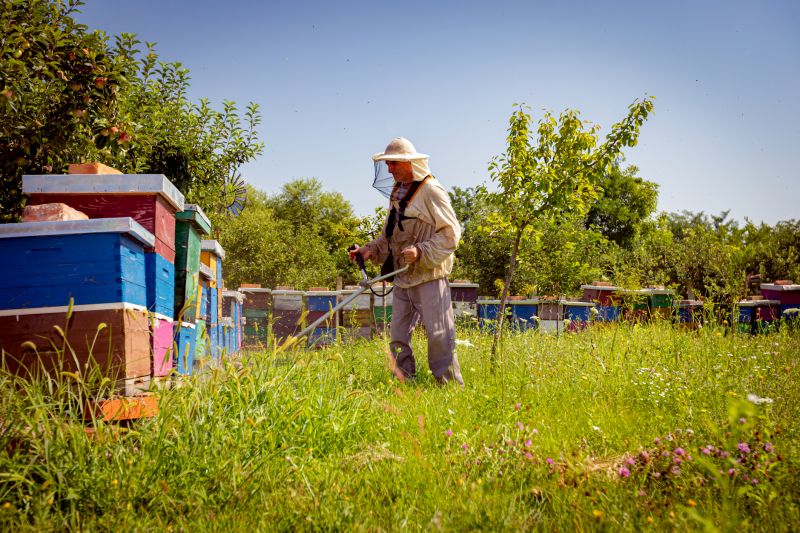
When choosing a provider for bee hive removal, it’s important to consider their experience with similar projects in the Rockford area. Homeowners should look for service providers who have a proven track record of safely and effectively handling hive removal in residential settings. Asking about the types of hives they have worked on and the methods they typically use can help ensure they are familiar with local conditions and common challenges. An experienced contractor will be better equipped to address the unique aspects of bee hive removal, reducing the risk of property damage or incomplete removal.
Clear written expectations are essential to avoid misunderstandings and ensure the project proceeds smoothly. Homeowners should seek out service providers who offer detailed descriptions of their process, including what the removal will entail and any follow-up steps. Having this information in writing helps set realistic expectations and provides a reference point throughout the project. It’s also wise to inquire about warranties or guarantees on their work, which can offer additional confidence in the quality of the service provided.
Reputable references and strong communication are key indicators of a dependable bee hive removal contractor. Homeowners can ask for references from previous clients who had similar work done in the area, providing insight into the contractor’s reliability and professionalism. Good communication from the service provider, including prompt responses to questions and transparency about their approach, can make the entire experience more manageable. Remember, the site serves as a resource to connect homeowners with qualified local contractors capable of handling bee hive removal, not as the entity performing the work itself.
Property owners in Rockford, IL use Bee Hive Removal services for practical projects around their homes and businesses. This guide focuses on everyday jobs and straightforward project options.
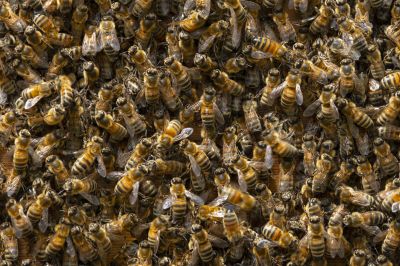
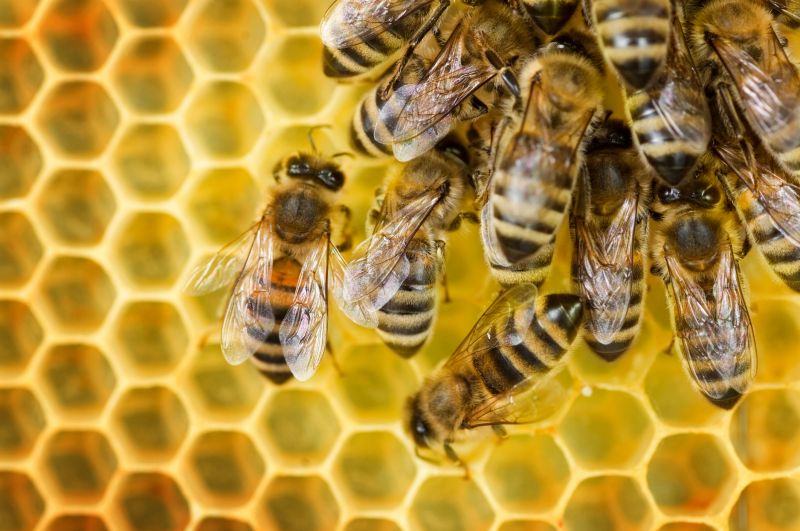
Property owners in Rockford, IL may seek bee hive removal services when they notice large, persistent bee colonies building nests on their property. Common situations include discovering hives on exterior walls, under eaves, or in tree branches, especially during warmer months when bees become more active. These situations can pose safety concerns, particularly for families with children or pets, or when the hives are located near frequently used outdoor spaces.
In addition, property owners might look for bee hive removal services to prevent potential damage to their structures or to avoid attracting other pests. Sometimes, hives are found in areas where they interfere with routine maintenance or outdoor activities. Local contractors experienced in hive removal can safely and effectively handle these situations, helping property owners resolve the issue while minimizing disruption.
What are the signs of a bee hive on my property? Common indicators include visible bee activity around a specific area, presence of honeycomb structures, and increased bee activity near eaves, walls, or trees.
Why should I consider professional bee hive removal? Professionals have the experience and tools to safely remove and relocate bee hives, reducing the risk of stings and property damage.
How do local contractors typically handle bee hive removal? They assess the hive location, safely remove the hive, and often relocate the bees to a suitable environment, following proper procedures.
Are there any precautions to take before a bee hive removal service arrives? It's advisable to keep a safe distance from the hive and inform family members or pets to stay away from the area.
What types of bee hives can local service providers remove? They can handle various types, including underground hives, wall or attic hives, and those built on trees or structures.
Bee Hive Removal for Safety - Property owners can have local contractors remove bee hives to prevent potential stings and injuries during outdoor activities.
Prevent Property Damage - Removing bee hives from walls or eaves helps protect the structure from potential damage caused by hive expansion or hive removal attempts.
Protect Landscaping and Gardens - Clearing bee hives near flower beds and vegetable gardens ensures safe access and ongoing enjoyment of outdoor spaces.
Maintain Property Aesthetics - Professional hive removal helps keep outdoor areas clean and visually appealing by eliminating unsightly hive locations.

If you are thinking about Bee Hive Removal for a property in Rockford, IL, this guide is meant to help you understand the work, the typical project types, and how different options might fit your plans.
When you are ready, you can use the quote form on this page to share a few details about your project. From there, local pros can review the basics and respond with options that match what you have in mind.



